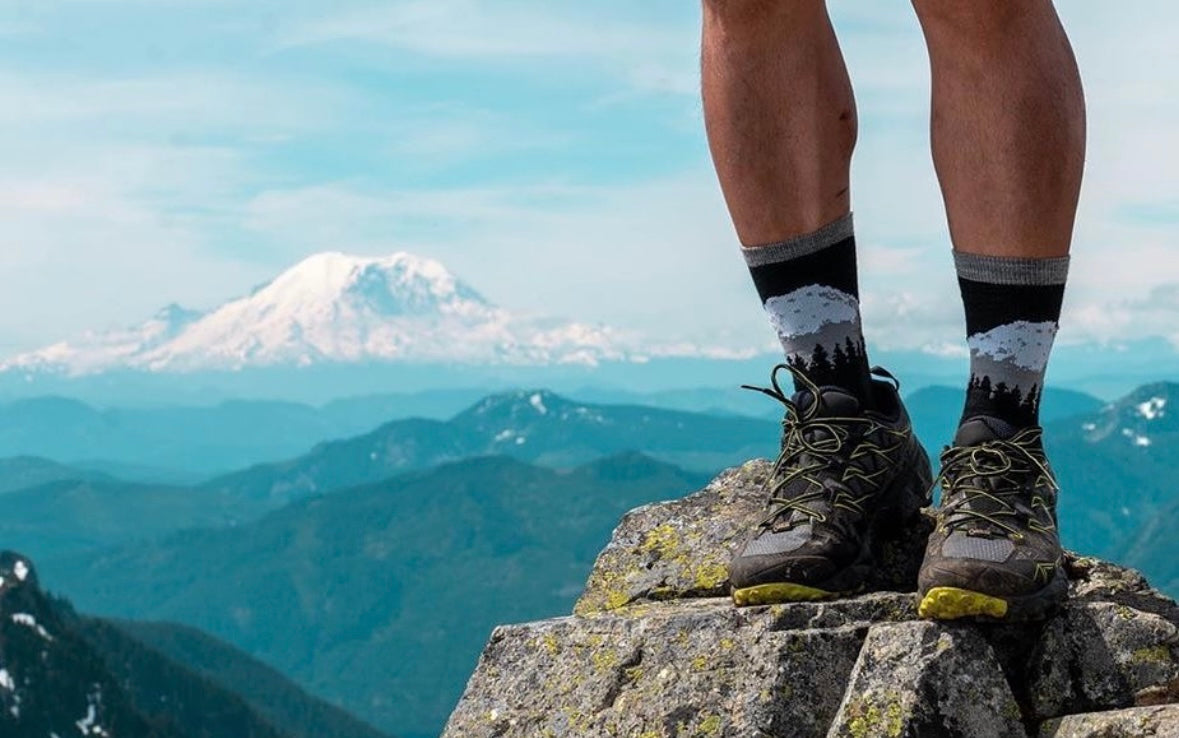Hiking in Washington during late fall brings its own set of challenges and rewards. As temperatures drop and the terrain changes, it's crucial to be well-prepared. In this article, we'll discuss essential gear and safety tips to ensure a safe and enjoyable late fall hiking experience.
1. Layer Up
Late fall hiking in Washington can mean varying temperatures throughout the day. Dress in layers to accommodate these changes. Start with moisture-wicking base layers to keep sweat away from your skin and add insulating layers for warmth. A waterproof and windproof outer layer is essential to stay dry and protected from the elements.
2. Footwear
Choose appropriate footwear for late fall hikes. Insulated, waterproof hiking boots will keep your feet warm and dry in wet and snowy conditions. Ensure your boots have good tread for traction.
3. Headwear and Gloves
A warm hat or beanie and gloves are vital for maintaining body heat. Most heat is lost through the head, so keeping it covered is key to staying warm.
4. Carry Microspikes or Crampons
Late fall hikes can feature slippery and icy conditions, especially in higher elevations. Microspikes or crampons provide extra traction and stability on icy terrain.
5. Trekking Poles
Trekking poles can help maintain balance and reduce the strain on your knees, especially when navigating uneven or slippery terrain.
6. Navigation Tools
The shorter days in late fall mean less daylight. Carry essential navigation tools like a map, compass, or GPS device, and make sure you know how to use them.
7. First Aid Kit
A well-stocked first aid kit is a must for any hike, and late fall is no exception. Be prepared to address common hiking injuries and emergencies.
8. Emergency Essentials
Carry emergency essentials, including extra food, water, a headlamp, and a fire-starting kit. In late fall, unexpected delays can occur, so it's crucial to have these items on hand.
9. Check the Weather
Before your late fall hike, check the weather forecast for your specific location. Weather conditions can change rapidly, and being informed is essential for safety.
10. Leave No Trace
Late fall hiking is an excellent time to reinforce your commitment to Leave No Trace principles. Practice responsible outdoor ethics and minimize your impact on the environment.
11. Hiking with a Buddy
Late fall hiking can be riskier due to changing weather and trail conditions. Hiking with a companion is safer, as you can support each other in case of emergencies.
12. Inform Someone of Your Plans
Before you set out on a late fall hike, inform someone you trust about your hiking plans, including your intended route and return time. This precaution ensures that someone knows your whereabouts in case of unexpected situations.
In Summary:
Late fall hiking in Washington is a unique and rewarding experience, but it requires proper preparation. By wearing the right clothing, carrying essential gear, staying informed about the weather, and practicing safety measures, you can enjoy the late fall landscapes safely and comfortably.
For more hiking tips, subscribe to our newsletter to stay up to date on all things hiking!

